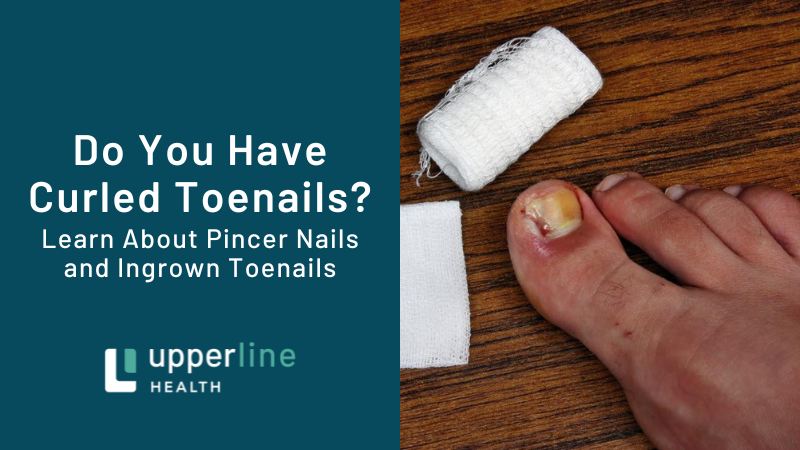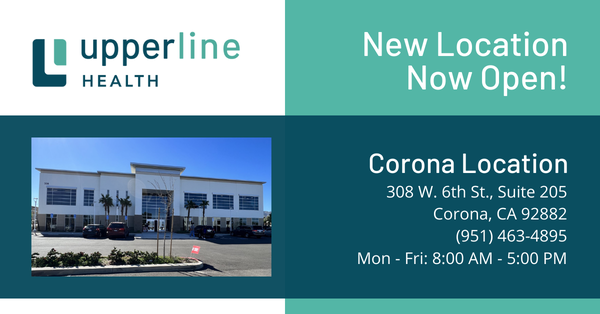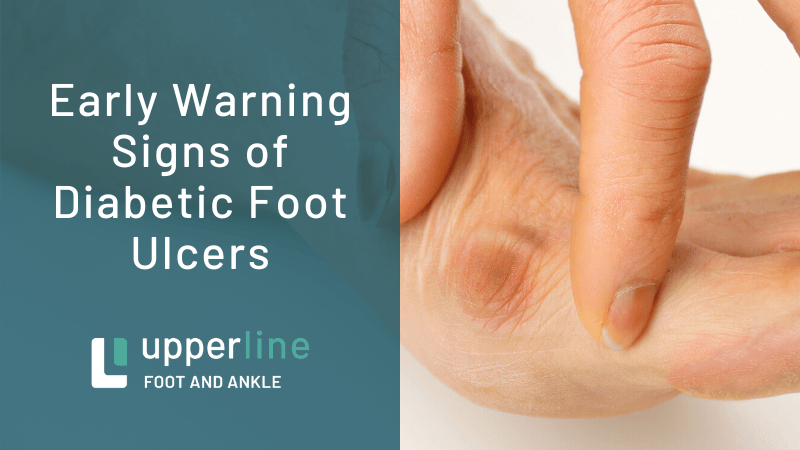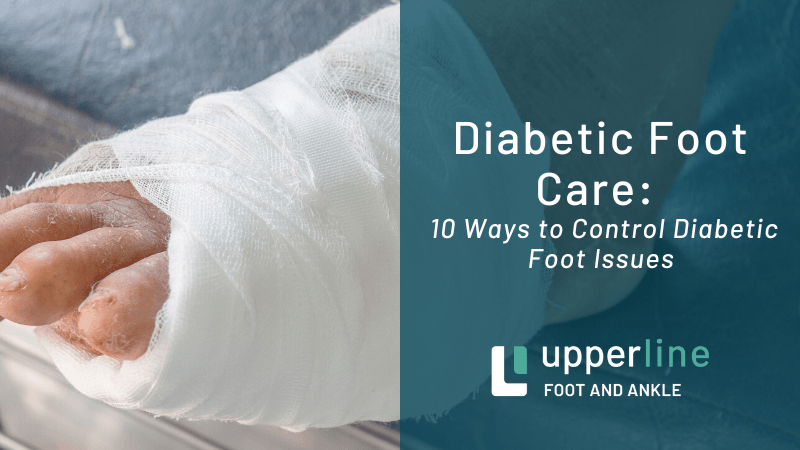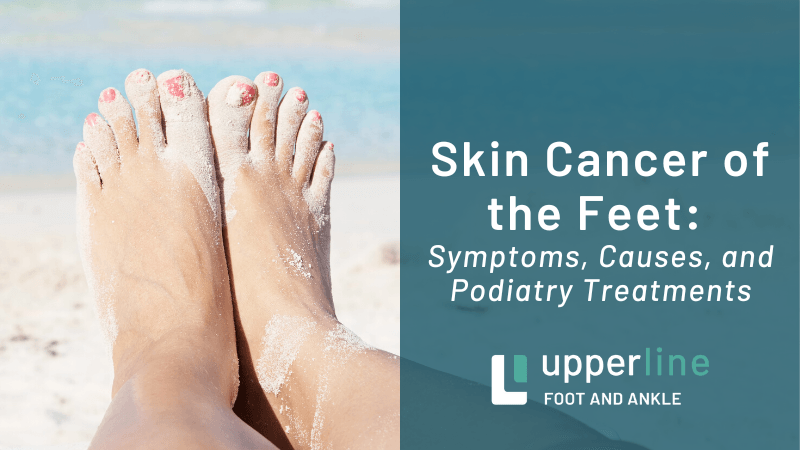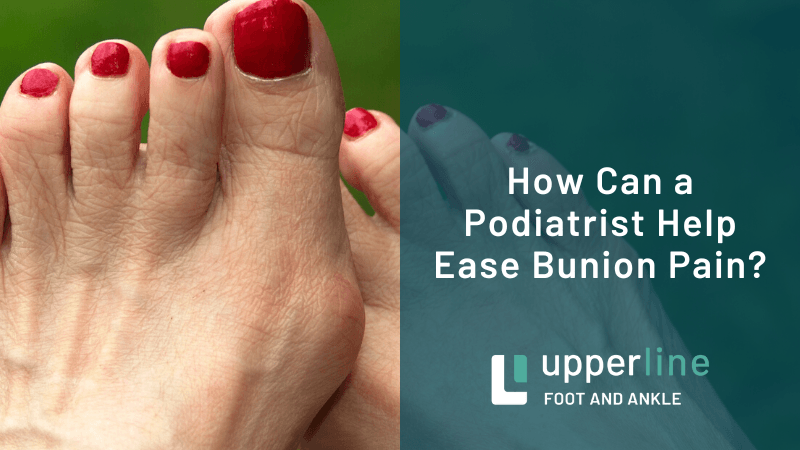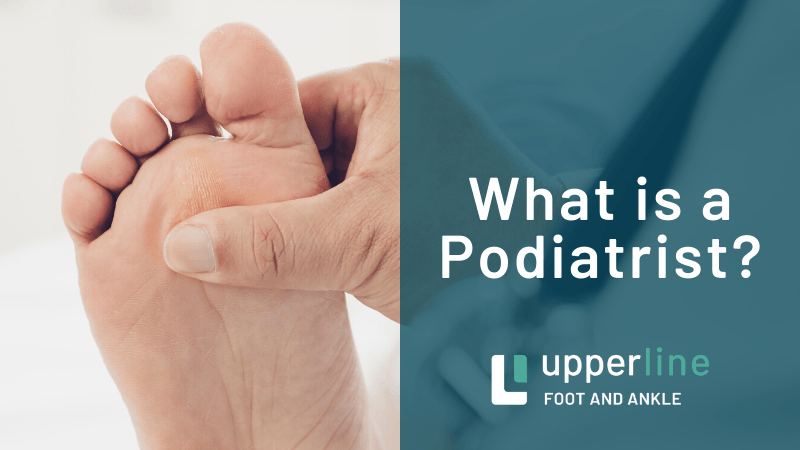5 Complications Associated With Ill-Fitting Shoes
Ill-fitting shoes can be uncomfortable and make every step painful. However, wearing shoes that are too small can also cause many foot complications and even change the shape of your feet. If you would like to know more about what foot complications are associated with ill-fitting shoes, keep reading.
1. Blisters
Blisters are small fluid-filled bumps under your skin, and they can often develop on your feet if you are wearing poorly-fitting shoes. The friction from your feet moving in shoes that are too big, and the pressure from shoes that are too small causes these blisters to form on various parts of your feet, including the heel, toes, and ball.
Blisters can be painful, which is why they are often drained, which can be done at home. Instead of popping the blister, however, you should use a disinfected needle to allow the liquid to escape, which can reduce the pressure. If you do this or if the blister bursts, however, there is a risk of infection, especially if your foot is trapped in a stuffy, tight shoe. Keep blisters clean to prevent infection.
2. Corns
Friction and pressure can also lead to corns. Corns are patches of abnormally thick, rough skin. The skin thickens as a protective measure. Corns can be painful, but they almost always cause unsightly bumps or patches of flaky, dry, rough skin.
Corns are usually easy to treat and require no surgery. Your doctor may pare down the thick skin or use a salicylic acid patch to remove the thick skin. If a foot deformity is worsening the corns, shoe inserts may be needed.
3. Ingrown Nails
While cutting your toenails too short can lead to ingrown nails, tight shoes can also be the culprit, especially if the shoe puts a lot of pressure on the big toe. Ingrown toenails start to grow into the soft flesh around the nail bed, which causes pain. If the nail breaks the skin, this can also lead to infection.
Infected ingrown nails may develop an inflamed bump from fluid buildup, and they may appear red. Some may actually ooze pus or bleed. In some cases, surgery is required to remove the part of the nail that is digging into the skin.
4. Bunions
A bunion occurs when pressure from tight shoes actually cause the bones in your foot to move, which causes the big toe to tilt at an angle, pushing against the other toes. If a bunion occurs on your little toe, it's known as a bunionette.
You can usually tell if you are developing a bunion by looking at your foot. A bunion will appear as a hard, bump on the side of your foot, near the base of the big toe. This can lead to pain, swelling, redness, and limited movement of the big toe.
Minor treatment involves wearing shoes that fit and taking pain medications or using shoe inserts for comfort. In more serious cases, surgery may be required to remove swollen tissue or straighten the bone.
5. Hammertoe
Hammertoe is a condition in which your toes naturally bend when your foot is at rest. This prevents the toes from lying flat. At first, the condition is minimal, and the toes are still flexible enough to straighten. At this point, treatment is simple and non-invasive. However, if the condition worsens, the toes become less flexible.
This prevents the toes from fully straightening, which can cause severe pain. As the toes continue to bend, the tips of your toes and the ball of your foot may develop corns or callouses. In severe cases, or if sores appear, surgery may be required.
Wearing shoes that don't fit isn't just painful; it can cause bigger complications that may even lead to infections. For this reason, it's important you care for your feet and ensure you wear the right size of shoe. For more information about how poorly-fitting shoes can affect your foot health, contact us at Upperline Health California
today.


